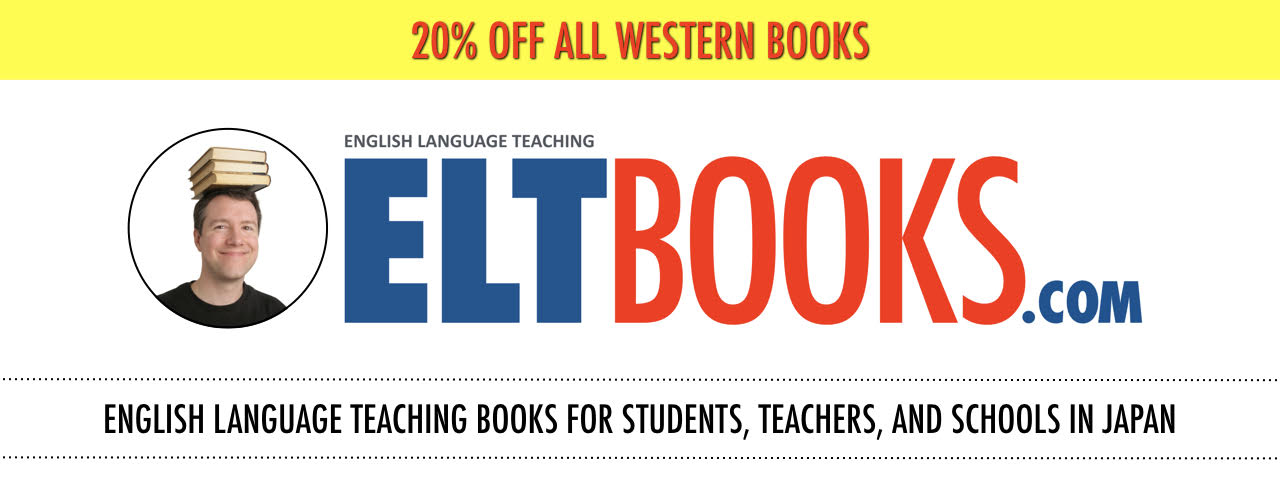Home >
A Very Short Introduction >
Languages (History)
A Very Short Introduction | History
Languages
ISBN: 9780199582877
Series: A Very Short Introduction
Languages (History)
A Very Short Introduction Languages (History) Media > Books > Non-Fiction > Education Books Expect Delays of Up to 4 Weeks| Order Below |
ISBN
9780199582877 (10-digit ISBN: 0199582874)
- Description
- Key Features
- Series Description
- Table of Contents
- Provides the basic facts about the world's major families of spoken languages and their distribution around the globe
- Relates to some of the big social issues facing the world today, such as bio-diversity and the endangerment of species and cultures
- Looks at the reasons behind why languages are declining, and why this really matters
- Raises the question about how we identify a language, and considers how we differentiate a 'language' from a 'dialect'
- Looks at signed languages and considers the similarities and differences to spoken language
How many languages are there? What differentiates one language from another? Are new languages still being discovered? Why are so many languages disappearing? The diversity of languages today is varied, but it is steadily declining. In this Very Short Introduction, Stephen Anderson answers the above questions by looking at the science behind languages. Considering a wide range of different languages and linguistic examples, he demonstrates how languages are not uniformly distributed around the world; just as some places are more diverse than others in terms of plants and animal species, the same goes for the distribution of languages. Exploring the basis for linguistic classification and raising questions about how we identify a language, as well as considering signed languages as well as spoken, Anderson examines the wider social issues of losing languages, and their impact in terms of the endangerment of cultures and peoples.
Oxford's Very Short Introductions series offers concise and original introductions to a wide range of subjects--from Islam to Sociology, Politics to Classics, Literary Theory to History, and Archaeology to the Bible.
Not simply a textbook of definitions, each volume in this series provides trenchant and provocative--yet always balanced and complete--discussions of the central issues in a given discipline or field. Every Very Short Introduction gives a readable evolution of the subject in question, demonstrating how the subject has developed and how it has influenced society. Eventually, the series will encompass every major academic discipline, offering all students an accessible and abundant reference library.
Whatever the area of study that one deems important or appealing, whatever the topic that fascinates the general reader, the Very Short Introductions series has a handy and affordable guide that will likely prove indispensable.
Please note: As this series is not ELT material, these titles are not subject to discount.
1: Introduction: dimensions of linguistic diversity
2: How many languages are there in the world?
3: Phylogenetic linguistics: establishing linguistic relationships
4: The future of languages
5: Some problems in the counting of languages
6: The genotypes of languages
7: The diversity of signed languages
8: Conclusion: the unity of human language
References
Further reading
How many languages are there? What differentiates one language from another? Are new languages still being discovered? Why are so many languages disappearing? The diversity of languages today is varied, but it is steadily declining. In this Very Short Introduction, Stephen Anderson answers the above questions by looking at the science behind languages. Considering a wide range of different languages and linguistic examples, he demonstrates how languages are not uniformly distributed around the world; just as some places are more diverse than others in terms of plants and animal species, the same goes for the distribution of languages. Exploring the basis for linguistic classification and raising questions about how we identify a language, as well as considering signed languages as well as spoken, Anderson examines the wider social issues of losing languages, and their impact in terms of the endangerment of cultures and peoples.
Key Features
- Provides the basic facts about the world's major families of spoken languages and their distribution around the globe
- Relates to some of the big social issues facing the world today, such as bio-diversity and the endangerment of species and cultures
- Looks at the reasons behind why languages are declining, and why this really matters
- Raises the question about how we identify a language, and considers how we differentiate a 'language' from a 'dialect'
- Looks at signed languages and considers the similarities and differences to spoken language
Series Description
Oxford's Very Short Introductions series offers concise and original introductions to a wide range of subjects--from Islam to Sociology, Politics to Classics, Literary Theory to History, and Archaeology to the Bible.
Not simply a textbook of definitions, each volume in this series provides trenchant and provocative--yet always balanced and complete--discussions of the central issues in a given discipline or field. Every Very Short Introduction gives a readable evolution of the subject in question, demonstrating how the subject has developed and how it has influenced society. Eventually, the series will encompass every major academic discipline, offering all students an accessible and abundant reference library.
Whatever the area of study that one deems important or appealing, whatever the topic that fascinates the general reader, the Very Short Introductions series has a handy and affordable guide that will likely prove indispensable.
Please note: As this series is not ELT material, these titles are not subject to discount.
EASY ORDER FORM
PRICES LISTED INCLUDE CONSUMPTION TAX
Price Before Tax:
¥1,790


